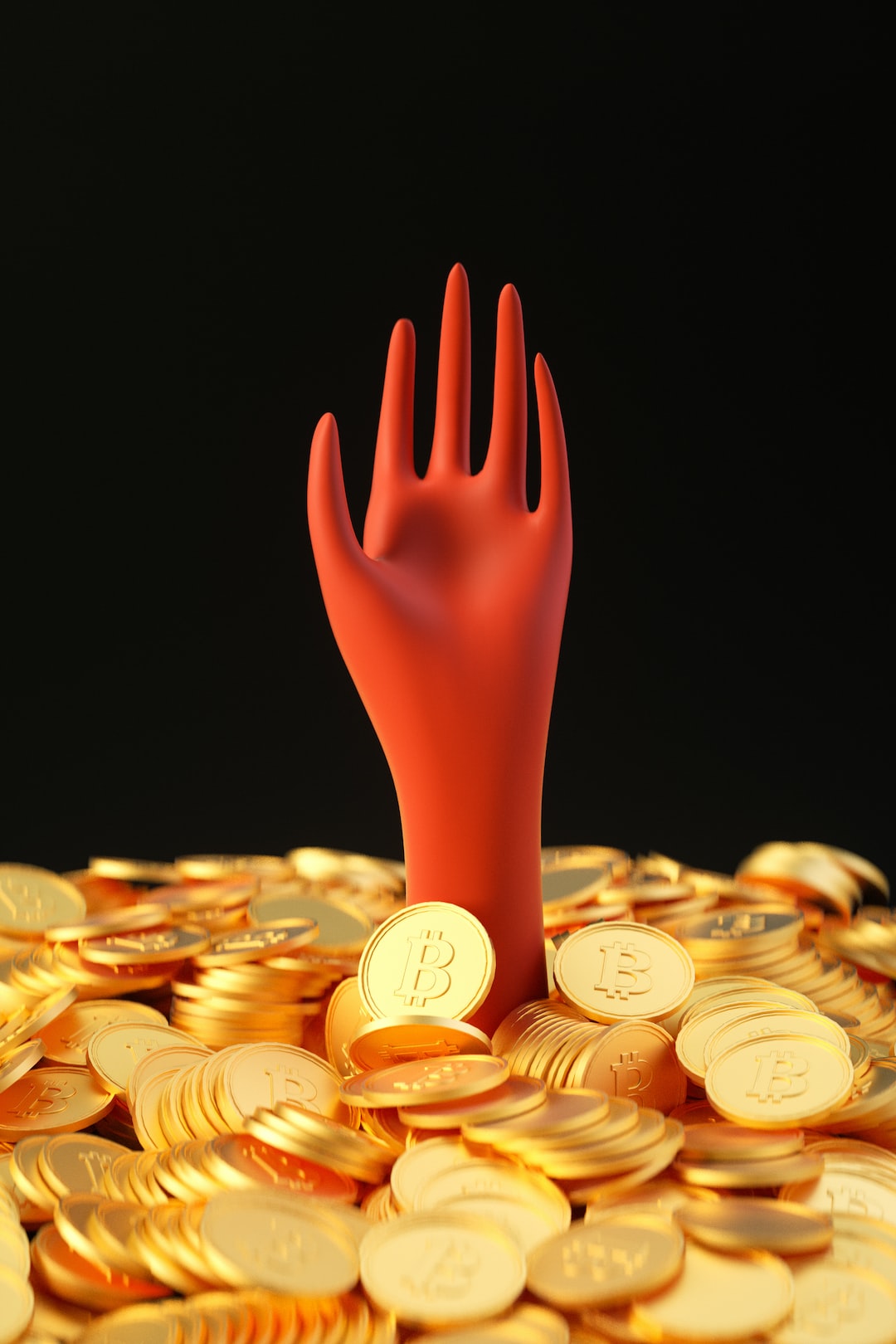If you’re new to the world of forex trading, it’s crucial to practice and hone your skills before risking real money. That’s where paper trading comes in. Paper trading, or demo trading, allows you to test your strategies, learn the ins and outs of the market, and gain confidence without putting your capital at risk.
But, just because you’re not using real money doesn’t mean you shouldn’t take paper trading seriously. In fact, treating paper trading as seriously as you would a real trade can help you make the most of the experience and prepare you for success in the live markets.
Here are some tips and strategies for maximizing your forex paper trade:
1. Set realistic goals
Before you start paper trading, it’s important to set realistic goals for yourself. What do you want to achieve with your paper trading? Do you want to test a specific strategy? Do you want to learn how to read charts or identify trends? Do you want to hone your risk management skills?
Whatever your goals may be, make sure they’re achievable and measurable. Set specific targets for yourself, such as hitting a certain number of profitable trades or achieving a certain level of accuracy with your predictions.
2. Treat it like a real trade
One mistake that many traders make when paper trading is to treat it like a game. They take unnecessary risks and make trades without proper analysis, thinking that it doesn’t matter since it’s not real money.
However, if you want to get the most out of your paper trading experience, you need to treat it as seriously as you would a real trade. Use the same analysis and risk management techniques that you would in the live markets. Stick to your strategy and don’t deviate from it just because you’re not using real money.
By treating paper trading as seriously as you would a real trade, you’ll develop good habits and prepare yourself for success when you do start trading with real money.
3. Keep a trading journal
Keeping a trading journal is a great way to track your progress and identify areas for improvement. In your journal, record the details of each trade, including the currency pair, entry and exit points, stop loss and take profit levels, and the reason for the trade.
Reviewing your journal regularly will help you identify patterns in your trading and highlight areas where you can improve. For example, you may notice that you tend to take profits too early or that you’re not sticking to your stop loss levels consistently.
By identifying these patterns and making adjustments, you can improve your trading skills and become a more successful trader in the long run.
4. Focus on risk management
One of the most important aspects of successful trading is effective risk management. This is just as true in paper trading as it is in the live markets.
Make sure you’re using proper risk management techniques in your paper trading. This includes setting stop loss levels and taking profits at appropriate levels, as well as adjusting your position size based on your risk tolerance.
By focusing on risk management, you’ll be able to test your strategies and improve your skills without taking unnecessary risks.
5. Use multiple time frames
When analyzing the forex markets, it’s important to look at multiple time frames. This can help you identify trends and make more accurate predictions.
In your paper trading, try analyzing charts for different time frames, such as daily, hourly, and 15-minute charts. This will give you a more comprehensive view of the market and help you make more informed trading decisions.
6. Don’t give up
Finally, it’s important to remember that paper trading is a learning experience. You’re going to make mistakes and have losing trades. But, that’s all part of the learning process.
Don’t get discouraged if you have a string of losing trades or if you’re not seeing the results you want right away. Keep practicing, keep learning, and keep refining your strategies. With persistence and dedication, you’ll eventually become a successful forex trader.
In conclusion, paper trading can be an incredibly valuable tool for new forex traders. By setting realistic goals, treating it like a real trade, keeping a trading journal, focusing on risk management, using multiple time frames, and staying persistent, you can make the most of your paper trading experience and prepare yourself for success in the live markets.






